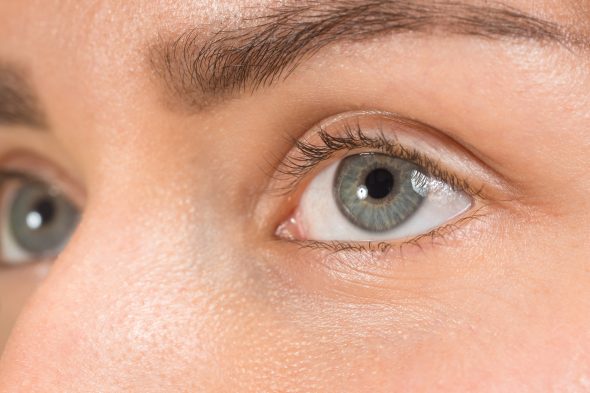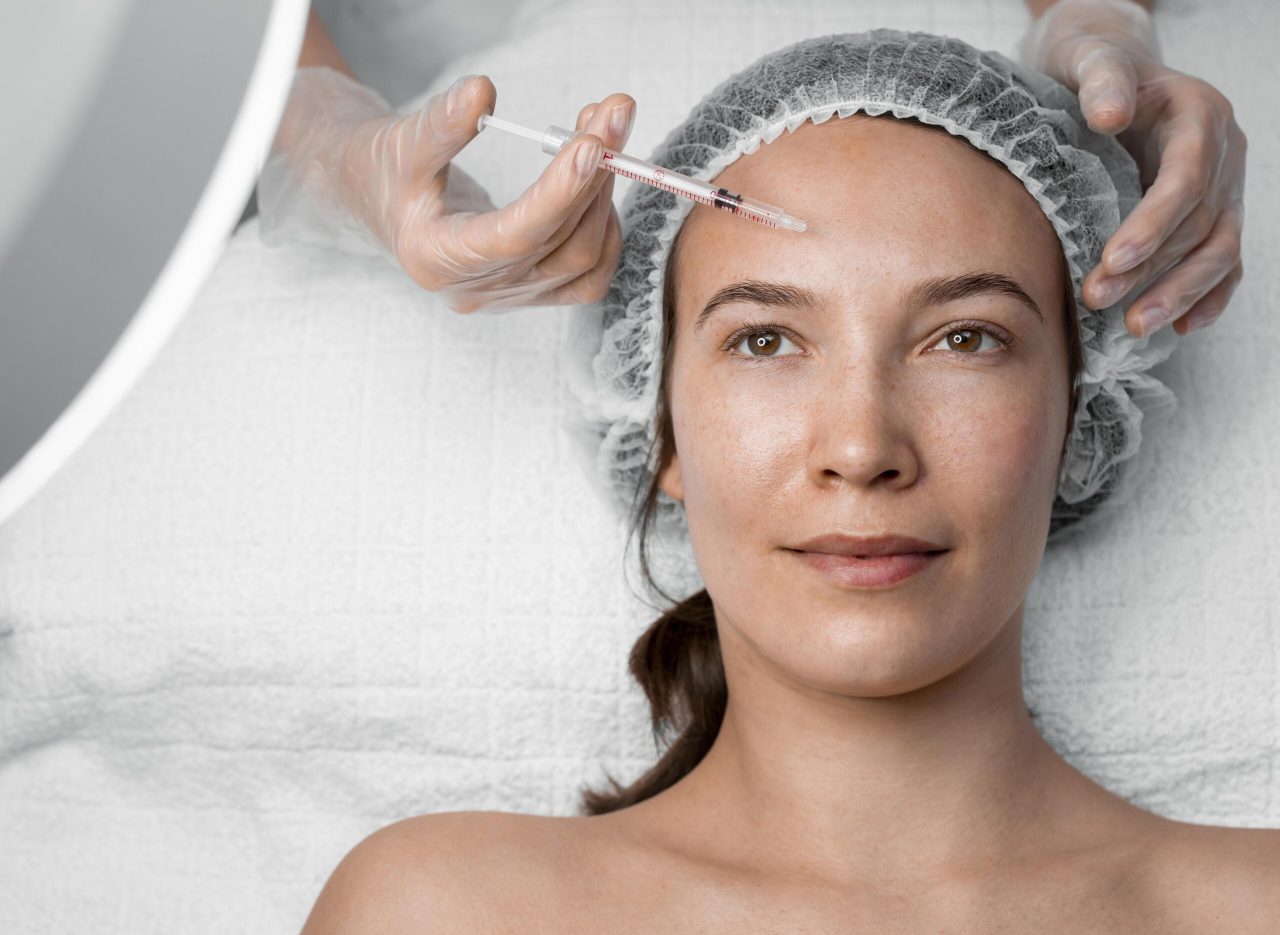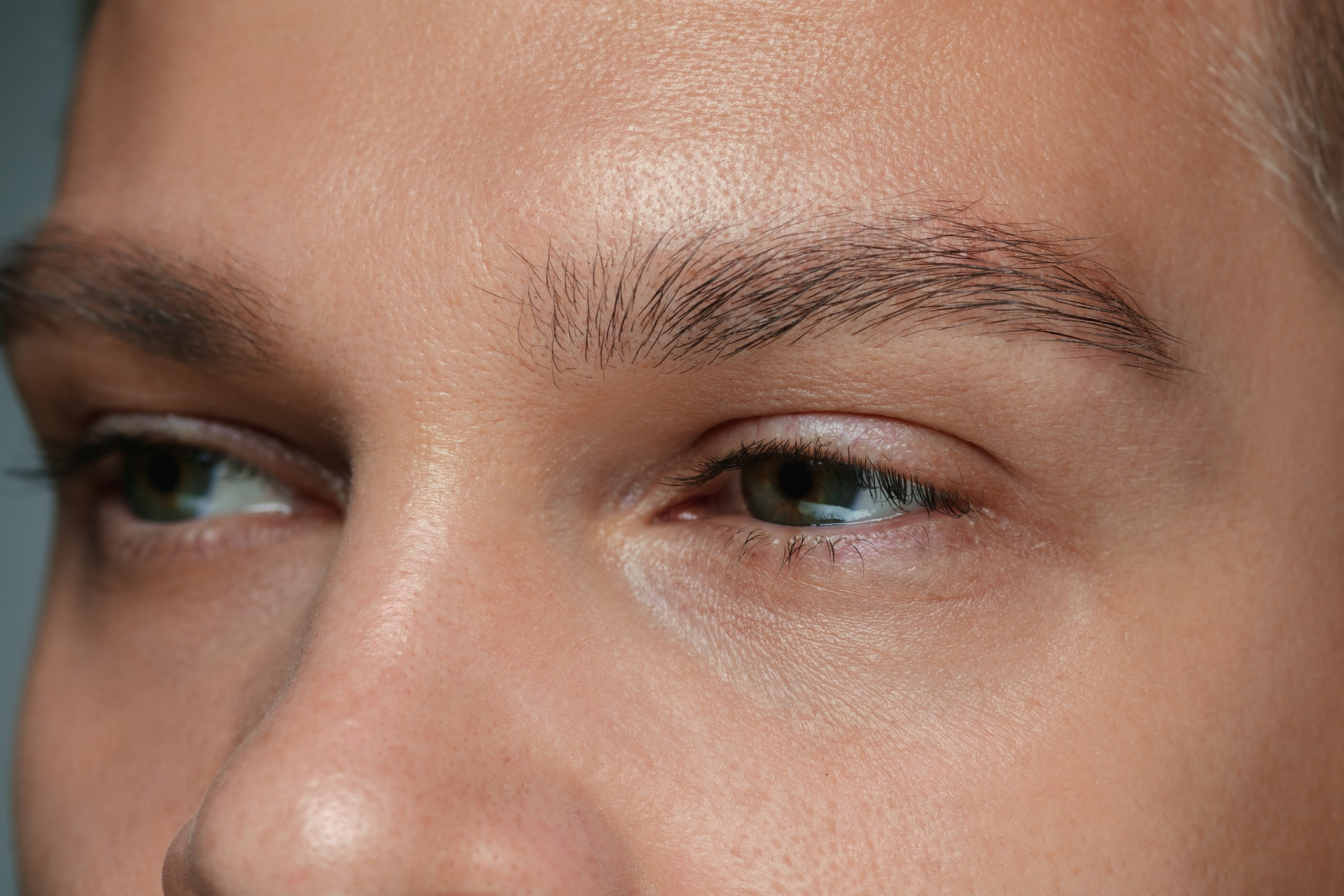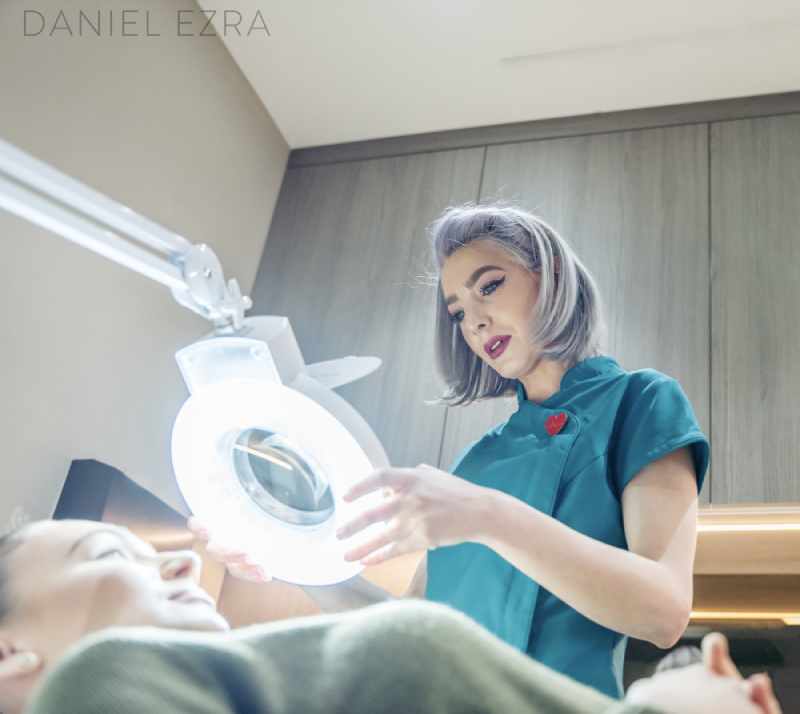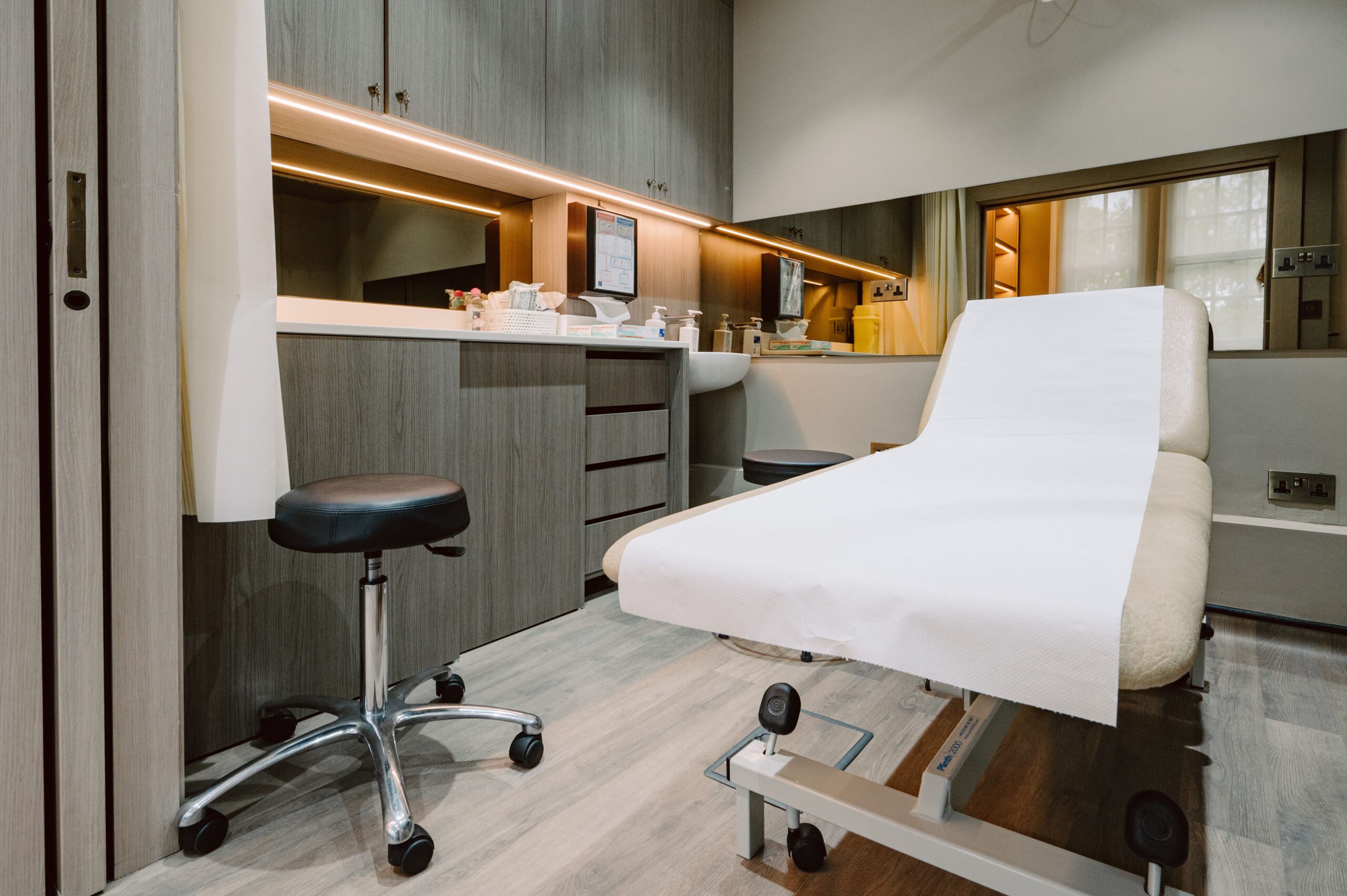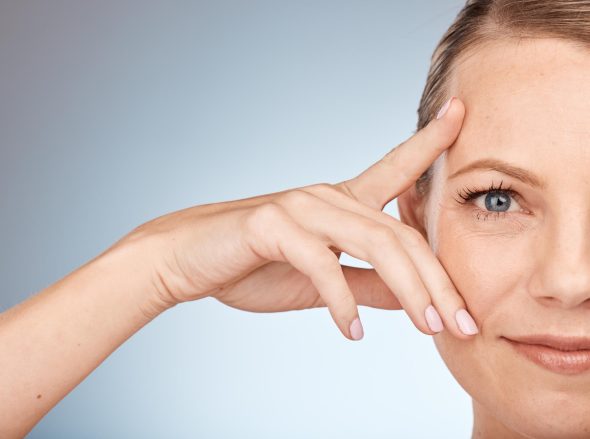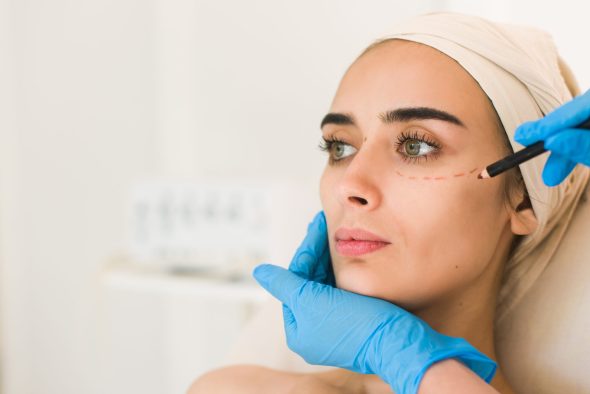Botulinum toxin or BoNT or commonly known as Botox, is one of the most popular cosmetic procedures available today, widely used to reduce horizontal forehead lines, smooth out wrinkles, and achieve a rejuvenated look. By injecting botulinum toxin into specific facial muscles like the frontalis muscle, it effectively prevents these muscles from contracting, thereby reducing the appearance of fine lines and wrinkles.
While BoNT is generally safe, it’s important to note that, as with any cosmetic treatment, it can have potential complications. One such rare issue is the droopy eyelid or eyelid ptosis. This occurs when BoNT migrates to unintended areas, affecting the muscles that control the upper eyelid.
In this article, we’ll explore the causes of droopy eyelids following BoNT and offer practical solutions for reversing this issue. Whether you’re dealing with a BoNT droopy eye or want to know more about droopy eyelid exercises, we’re here to help.
Preventive Measures and Best Practices
To avoid complications like droopy eyelid from Botox, it is essential to take preventive measures and follow best practices when considering Botox treatments. Here are some tips to help you choose the right practitioner and communicate effectively to minimise risks.
Choosing the Right Practitioner
Selecting a skilled and experienced practitioner is crucial to avoid complications. Look for clinics with positive reviews and a strong reputation for delivering excellent Botox treatments. Ensure the practitioner is certified and has extensive experience administering Botox, particularly around the eyes and forehead.
Schedule an initial consultation to discuss your concerns, expectations, and the practitioner’s approach to minimising risks.
Communicating Effectively with Your Doctor
Effective communication with your doctor can significantly reduce the risk of complications. Be honest about your medical history and inform your practitioner about any previous Botox treatments, underlying medical conditions, or allergies you have.
Clearly state what you hope to achieve with the Botox treatment. This helps your practitioner tailor the procedure to your specific needs.
Educate yourself about the potential risks associated with Botox. Making an informed decision helps you understand the importance of following your doctor’s advice. Adhering to your doctor’s instructions before and after the treatment can significantly reduce the risk of complications.
By following these best practices, you can lower the chances of experiencing issues such as a droopy eyelid and enjoy the full benefits of your Botox treatment.
Following these tips can enhance your communication with your doctor and ensure a safer, more effective Botox experience.
